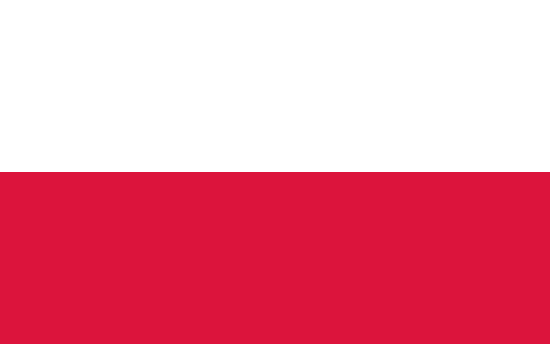"Kraków, miasto królów i smoków | Krakow, city of kings and dragons"
About:
Krakow, Poland, was first established in the 7th century. It served as the Polish capital from 1038 to 1596, a period marked by economic growth and cultural development. The city's Jewish population was decimated during the Holocaust in WWII. Post-war, Krakow underwent extensive restoration and was inscribed as a UNESCO World Heritage Site in 1978. Today, it is a major cultural, academic, and economic hub, known for its well-preserved Medieval core and Jewish quarter.
When to visit:
Krakow, located in southern Poland, is a city that boasts a rich history and vibrant culture. The best time to visit Krakow is during the spring and autumn months, specifically in May or September, when the weather is mild and the crowds are fewer compared to the peak summer season. This allows visitors to explore the city's historic sites, such as Wawel Castle and the Main Market Square, without feeling overwhelmed by large tourist crowds. Additionally, visiting during these times may offer more affordable accommodation options and a more authentic experience of local life in Krakow.
When to avoid:
Traveling to Krakow on a holiday during the winter months, especially in January and February, is generally considered the least favorable time due to the cold and snowy weather conditions. During this time, temperatures often drop below freezing, making outdoor sightseeing less enjoyable and potentially disrupting travel plans. Additionally, many attractions and restaurants may have reduced hours or be closed for the season. Travelers should be prepared for limited daylight hours and the possibility of flight delays or cancellations due to inclement weather. It is advisable to plan your trip during the milder months of spring, summer, or early fall for a more pleasant and convenient experience in Krakow.
Winter (Dec-Feb)
Krakow's coldest season is winter, from December to February, with temperatures averaging -2°C to 3°C. Snowfall is frequent, often heavy, creating a picturesque, albeit chilly, landscape. Days are short with only 3-4 hours of sunlight, often obscured by cloud cover. Rainfall is low, around 20-30mm per month. An average day for a visitor involves bundling up in warm layers, exploring the snow-covered Old Town, and seeking refuge in cozy cafes or museums. Despite the cold, Krakow's winter offers a unique charm with its Christmas markets and festive atmosphere.
"Summer (June-August)"
The warmest part of the year in Krakow, Poland, typically spans from June to August, known as the summer season. During this period, the average high temperatures range from 22°C (72°F) to 25°C (77°F). However, on particularly hot days, temperatures can occasionally reach up to 30°C (86°F).
Rainfall during the summer months is moderate, with July being the wettest month of the year, averaging around 69mm of precipitation. Despite this, Krakow experiences a fair amount of sunshine in the summer, with an average of 7 to 8 hours of sunlight per day.
Humidity levels during the summer are relatively high, usually around 70-80%, contributing to a slightly muggy feeling, especially in the afternoons. As for cloudiness, summer days in Krakow are typically partly cloudy, with clear or mostly clear conditions about one-third of the time.
For a visitor, a typical summer day in Krakow would start with a mildly cool morning, warming up to a comfortably warm or mildly hot afternoon. While the humidity can make it feel a bit sticky, the frequent breezes offer some relief. There may be occasional showers or thunderstorms, particularly in the late afternoon or evening, but they typically don't last long and often give way to clear skies. The long daylight hours provide ample time to explore the city's historical sites and enjoy outdoor activities.
Language:
In Krakow, the most commonly spoken language is Polish, which is the official language of Poland. However, English is widely understood and spoken, particularly among the younger population and in tourist areas. Additionally, due to the city's historical ties and proximity to other European countries, languages such as German and Russian can also be heard.




